Repair and maintenance of stainless steel reactor leaks!
 Jul 02,2019
Jul 02,2019

 JCT
JCT
The stainless steel reactor is a typical main reaction equipment for chemical production. The temperature, pressure and operation methods in the kettle must be strictly carried out. When using the stainless steel reactor, the refrigerant inlet valve must be closed, and the inside of the pot and the jacket should be drained. Remaining refrigerant inside, then input the material and start the mixer. Then turn on the steam valve and the electric heating power. After reaching the required temperature, turn off the steam valve and the electric heating power. After 2 to 3 minutes, turn off the agitator.

Here is the most common problem in the production of a stainless steel reactor: seal leakage
Packing seal:
1. The agitator shaft is worn or corroded at the packing, causing the gap to be too large;
2. If the oil ring is improperly positioned or the oil circuit is blocked, the oil seal cannot be formed;
3. The gland is not pressed, the packing quality is poor, or it is used for too long;
4. Corrosion of the stuffing box.
Machinery Seal:
1. The static and dynamic ring end faces are deformed and bruised;
2, the end face is too large, the friction pair produces thermal deformation;
3, the sealing ring is not correct, the pressing force is not enough, or the V-shaped sealing ring is reversed, and the sealing is lost;
4. The vertical error between the axis and the end face of the static ring is too large;
5. The operating pressure and temperature are unstable, and the hard particles enter the friction pair;
6. The amount of shaft string exceeds the index;
7. Insert or glue the joint and leak the static ring.
Approach:
Packing seal
1. Replace or repair the mixing shaft and machine it on the machine to ensure the roughness;
2. Adjust the position of the oil ring and clean the oil circuit;
3. Press the packing or replace the packing;
4. Repair or replace;
Machinery Seal
1. Replace the friction pair or re-grind;
2. Adjust the specific pressure to be appropriate, strengthen the cooling system, and take away the heat in time;
3, the selection of sealing ring, the installation should be reasonable, there must be sufficient pressing force;
4, stop, re-align, to ensure that the verticality is less than 0.5mm;
5. Strictly control the process index, particles and crystals cannot enter the friction pair;
6. Adjustment and overhaul make the shaft quantity reach the standard;
7, improve the installation process, or the amount of interference should be appropriate, or the adhesive should be easy to use, firm.
maintain:
In the case of stainless steel reactors, mechanical collisions, sudden temperature changes and other factors often cause de-ceramics, cracks, bubbles, pores and other damage to the glaze. These defects are never allowed in enamel equipment. Once this phenomenon occurs, it must be carried out. repair. The polymer composite material on-site repairing agent is a two-component composite material composed of a high molecular polymer, an alloy steel powder or a wear resistant ceramic powder as a base material and a curing agent. Compared with the ordinary resin type repair agent, the polymer composite material relies on its own finer polymer structure, so that the material itself has stronger adhesion and excellent corrosion resistance and corrosion resistance, and the polymer can even penetrate into the polymer. Inside the metal, a more dense polymer composite protective layer is formed. Repair process: surface cleaning→rust removal→anhydrous alcohol cleaning→coating agent repair agent→coating layer repair agent→curing→use.
Welcome to our website: /
Phone: +86-18028192312 0086-18028192312
Mailbox: [email protected]
Thank you very much!


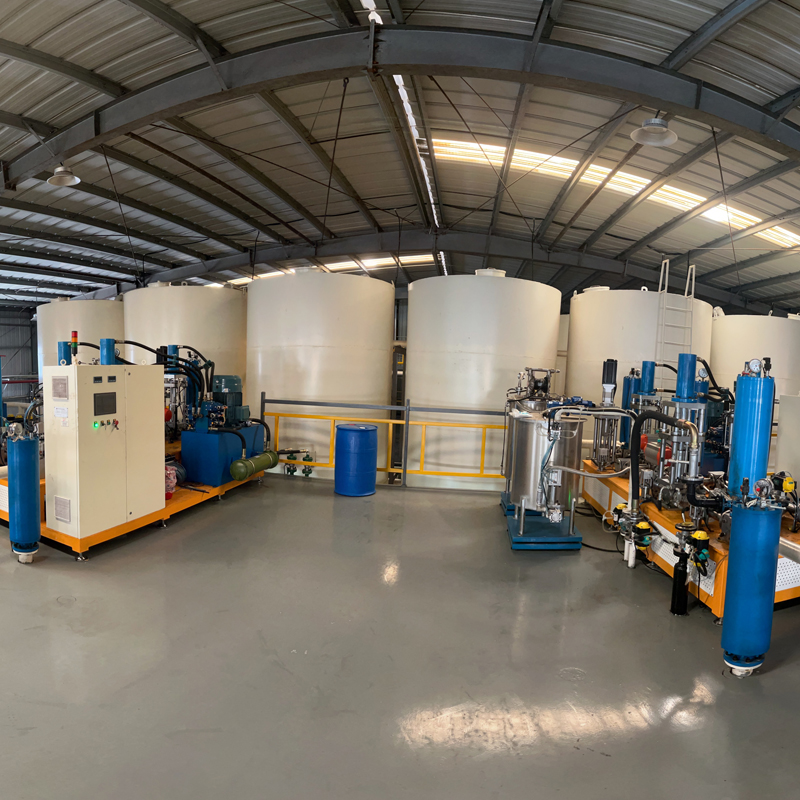
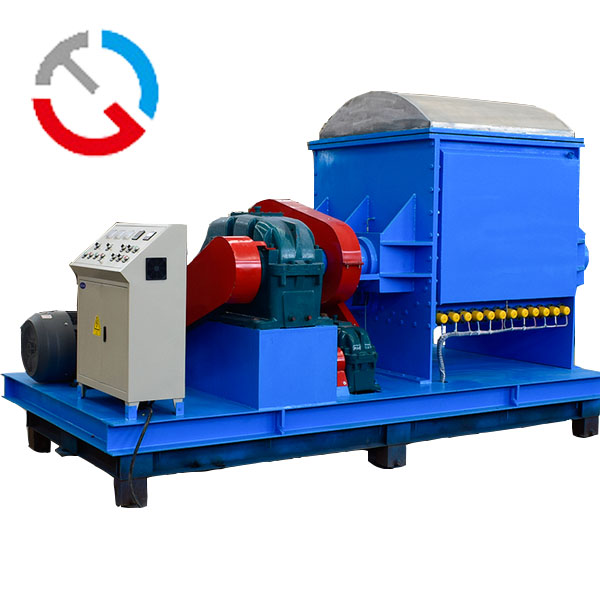
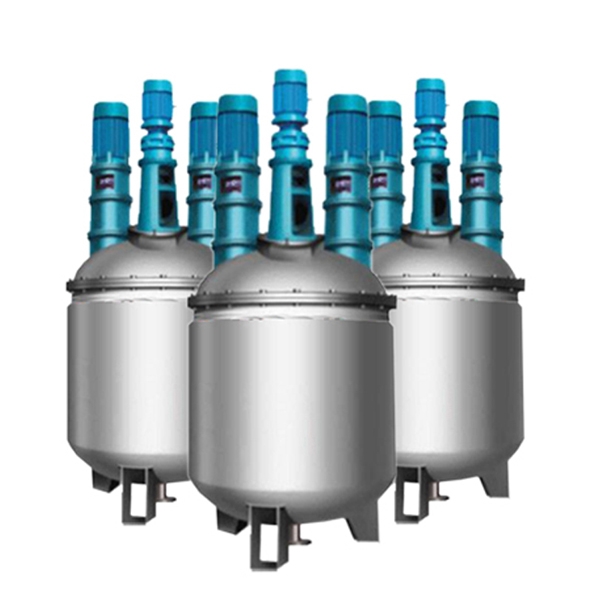
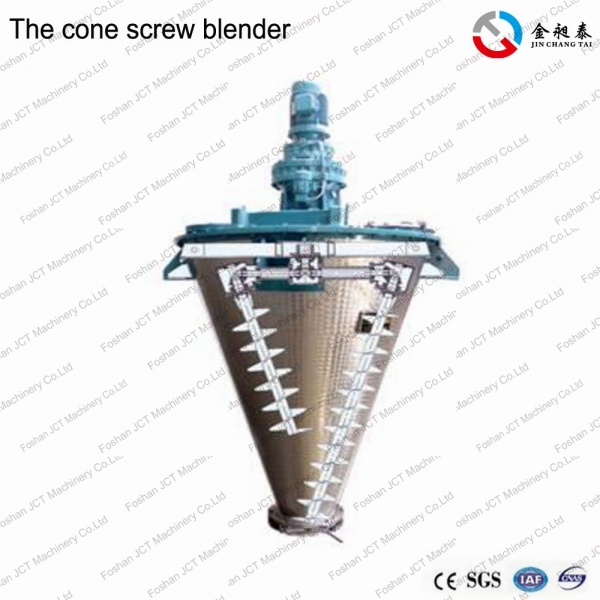


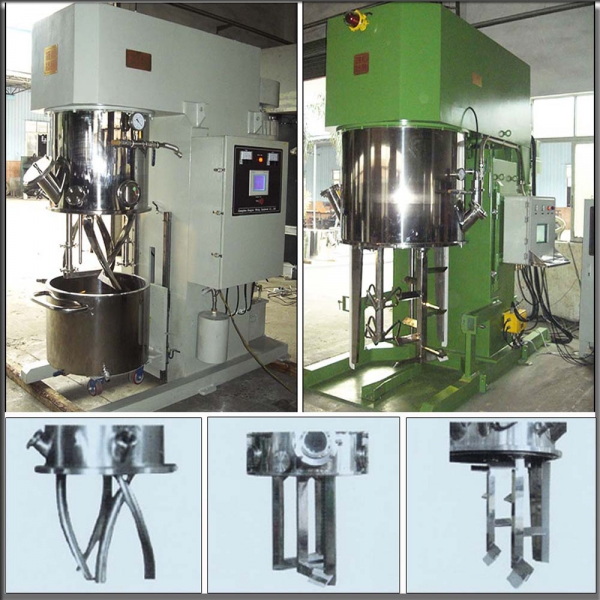







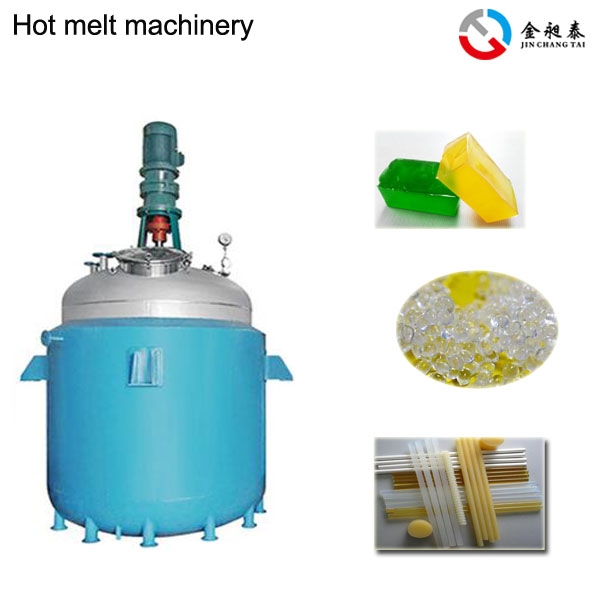
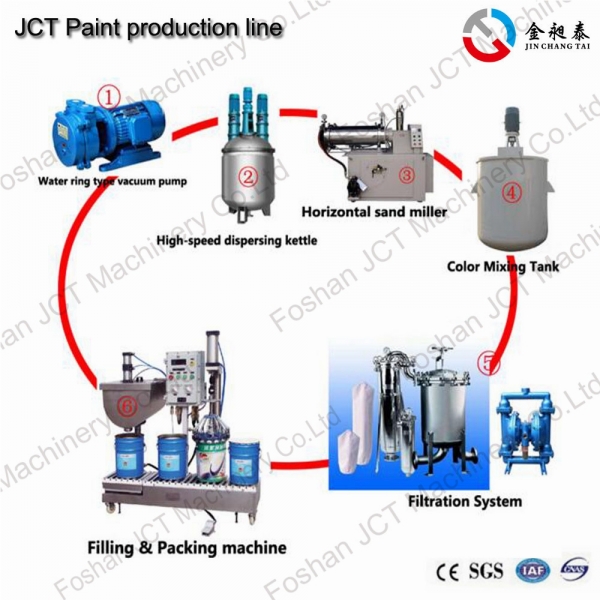
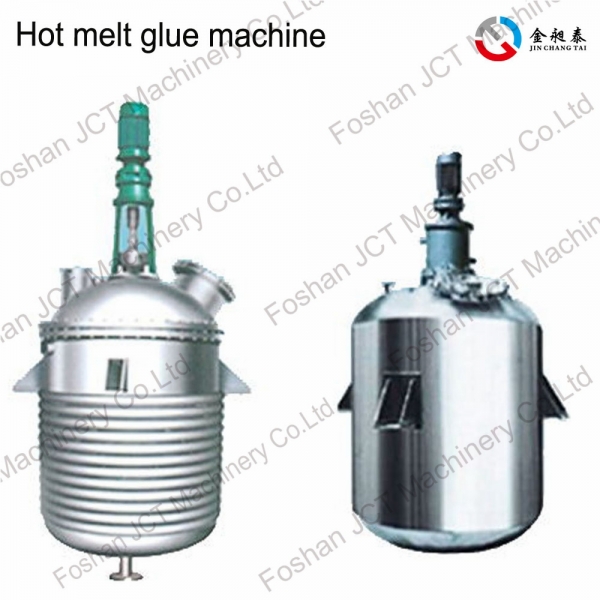
 CN
CN
 HOME
HOME look here! Stirring form and temperature description of stainless steel electric heating reactor
look here! Stirring form and temperature description of stainless steel electric heating reactor  You May Also Like
You May Also Like
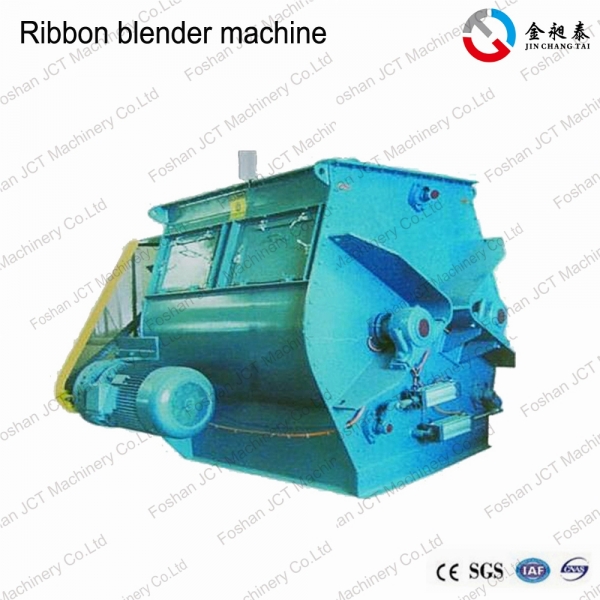

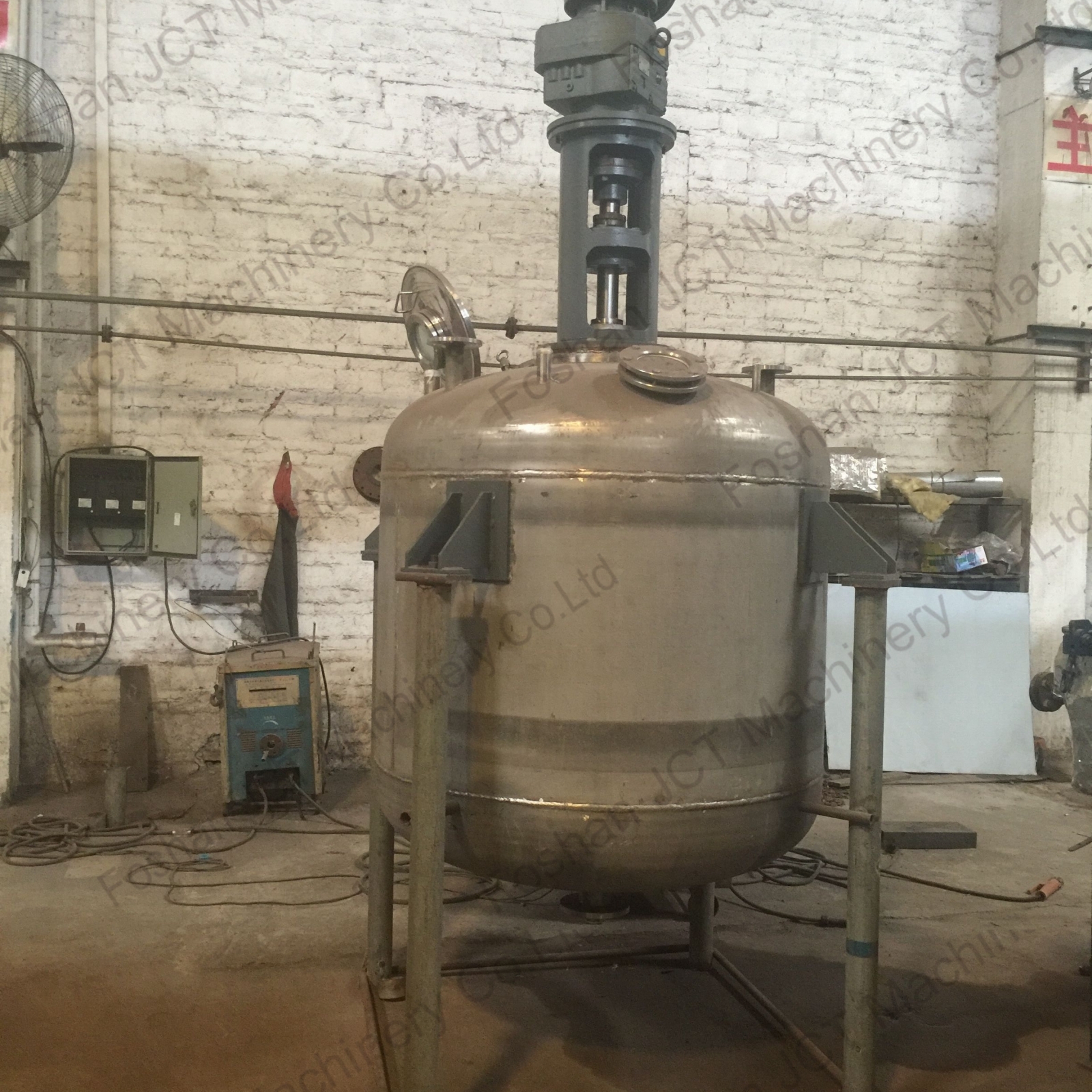
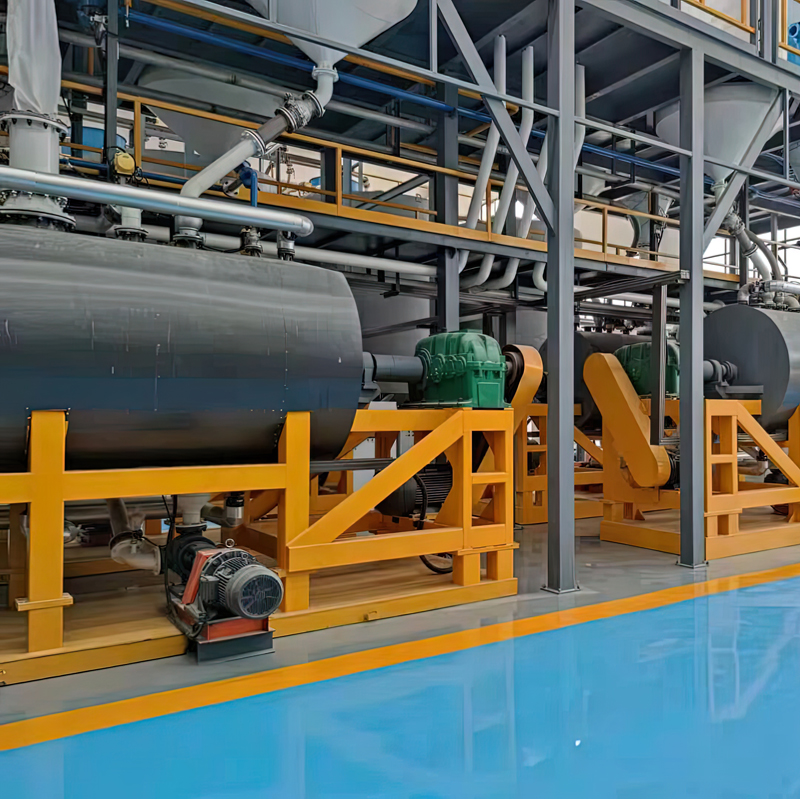
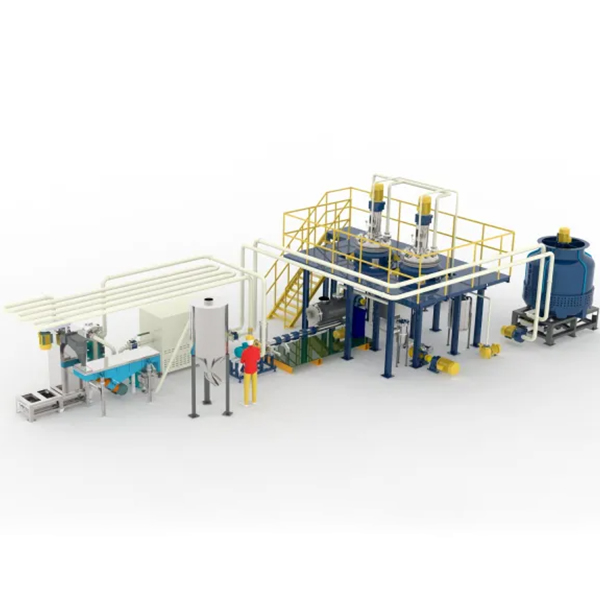

 Tel
Tel
 Email
Email
 Address
Address










